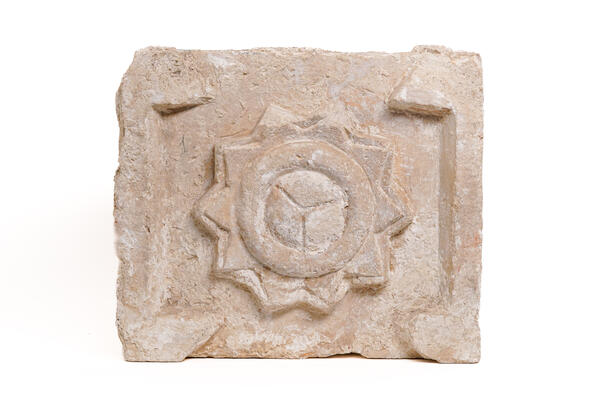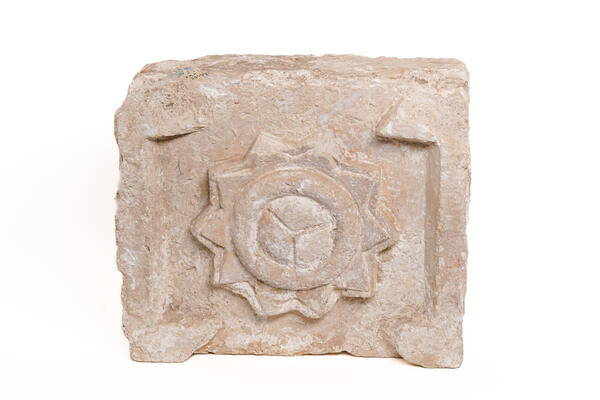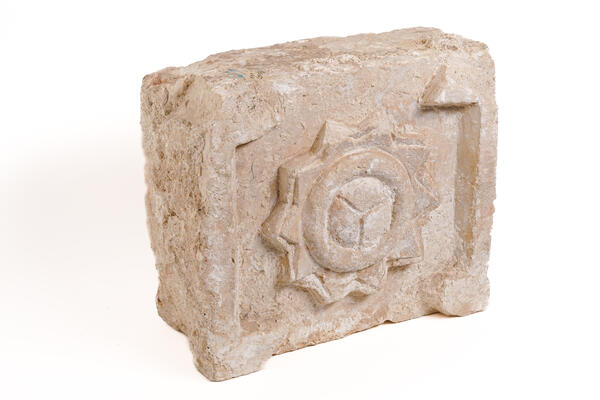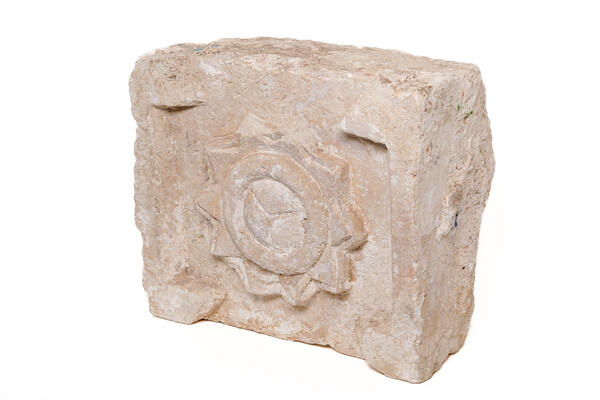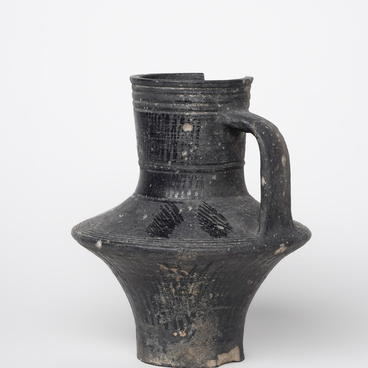The Assumption Cathedral in Kolomna is one of the oldest historical and architectural monuments in the city. It was founded in 1379 by the Holy Right-Believing Prince Dimitry Donskoy to commemorate the first victory of the Russian troops in the battle against the Tatar-Mongols on the Vozha River, and was completed only after the Battle of Kulikovo, in 1382. Thus, the cathedral commemorated two glorious victories. Two-storey, three-headed, it surpassed Moscow cathedrals of that time in proportions. The cathedral was painted in 1392. There is a supposition that Theophanes the Greek took part in this work.
By the mid-16th century, the cathedral’s library contained 98 books, a third of them on parchment. Archbishop Paul of Aleppo, who accompanied Patriarch Makarius of Antioch in the 17th century on his journey to Moscow, described the cathedral in the following way, “It is very grand and high, all of hewn stone, raised to a considerable height, and has a sculptural border along the entire wall. The church has three high domes, raised from below. There are gilded crosses on the domes. The main altar has three large glazed windows. The double doors are made of pure iron. Above each of the three doors is an icon, above the large door an icon of the Assumption of the Virgin Mary; so that the people would know the name of the church… Under this church are many vaults and cellars.”
By the end of the 17th century, the ancient cathedral had fallen into decay and was demolished in 1672. White-stone blocks of the demolished temple were laid in the foundation of the walls of the new building. The construction works led by the architect Melenty Alekseev were completed in 1682. The cathedral was almost 40 meters high. In 1804, the cathedral was painted once again. In 1880, it was in the Cathedral of the Assumption that the 500th anniversary of the Battle of Kulikovo was celebrated.
For more than five centuries, the Cathedral of the Assumption remained not only the main church in Kolomna, but also one of the most revered holy places in all of Moscow. In 1929, the cathedral was closed and looted, and the tombs of the bishops of Kolomna were desecrated. All icons, the Holy Gates, many parts of the carved iconostasis, and bells were destroyed. Fortunately, the cathedral itself was not destroyed. For some time, there was a warehouse, then the church stood empty. The mural paintings had crumbled almost completely and were in danger of being destroyed. In 1989 the cathedral was returned to the church. With the support of the city administration and benefactors, the restoration of the cathedral was successfully completed in ten years.
By the mid-16th century, the cathedral’s library contained 98 books, a third of them on parchment. Archbishop Paul of Aleppo, who accompanied Patriarch Makarius of Antioch in the 17th century on his journey to Moscow, described the cathedral in the following way, “It is very grand and high, all of hewn stone, raised to a considerable height, and has a sculptural border along the entire wall. The church has three high domes, raised from below. There are gilded crosses on the domes. The main altar has three large glazed windows. The double doors are made of pure iron. Above each of the three doors is an icon, above the large door an icon of the Assumption of the Virgin Mary; so that the people would know the name of the church… Under this church are many vaults and cellars.”
By the end of the 17th century, the ancient cathedral had fallen into decay and was demolished in 1672. White-stone blocks of the demolished temple were laid in the foundation of the walls of the new building. The construction works led by the architect Melenty Alekseev were completed in 1682. The cathedral was almost 40 meters high. In 1804, the cathedral was painted once again. In 1880, it was in the Cathedral of the Assumption that the 500th anniversary of the Battle of Kulikovo was celebrated.
For more than five centuries, the Cathedral of the Assumption remained not only the main church in Kolomna, but also one of the most revered holy places in all of Moscow. In 1929, the cathedral was closed and looted, and the tombs of the bishops of Kolomna were desecrated. All icons, the Holy Gates, many parts of the carved iconostasis, and bells were destroyed. Fortunately, the cathedral itself was not destroyed. For some time, there was a warehouse, then the church stood empty. The mural paintings had crumbled almost completely and were in danger of being destroyed. In 1989 the cathedral was returned to the church. With the support of the city administration and benefactors, the restoration of the cathedral was successfully completed in ten years.

